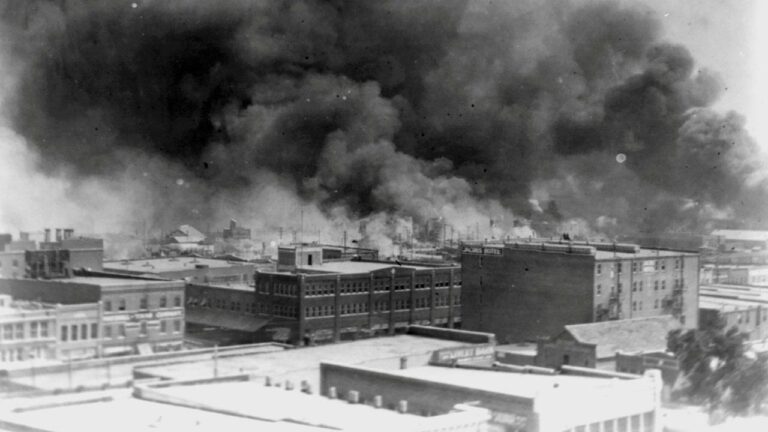Archaeologists Uncover New Clues in Search for Tulsa Race Massacre Victims
Archaeologists in Tulsa are once again on a mission to find victims of the devastating 1921 Tulsa Race Massacre. In their latest efforts, they’ve unearthed the remains of one person and are gearing up to excavate another set of remains. This ongoing excavation is happening at Oaklawn Cemetery, where they’ve already found 22 sets of remains. What makes these two sets special is that they were buried in simple wooden caskets, matching historical records. Oklahoma State Archaeologist Kary Stackelbeck shared this news on Thursday.
Stackelbeck explained, “This discovery suggests that a number of adult male individuals were supposed to be buried in simple wooden coffins.”
One of the sets has been transported to an onsite forensics lab, and the second set is scheduled for excavation on Friday. Both individuals are adults, although their gender is still to be determined.
This recent search, which started on September 5, marks the third round in their quest to locate the remains of the estimated 75 to 300 Black individuals who lost their lives during the 1921 massacre. During that dark period, a white mob descended upon Greenwood, the Black section of Tulsa, resulting in the destruction of over 1,000 homes, widespread looting, and the obliteration of the thriving Black Wall Street business district.
It’s essential to note that none of the remains discovered so far have been definitively identified as victims of the violence.
In previous searches, archaeologists found 66 sets of remains, with 22 sent to the Intermountain Forensic lab in Salt Lake City for identification efforts. Among these, genetic genealogy profiles have been established for six sets of remains, offering potential surnames and locations related to the victims. These surnames span at least seven states: North Carolina, Georgia, Texas, Mississippi, Louisiana, Oklahoma, and Alabama.
The search area was chosen based on findings from ground-penetrating radar, which revealed markers resembling makeshift graves, such as upright bricks and flower pots arranged in rows.
This particular search is happening close to where Clyde Eddy, who recalled events from the 1990s when he was a 10-year-old boy, claimed to have witnessed Black bodies being prepared for burial shortly after the massacre. At that time, Eddy was instructed to leave the area, according to Stackelbeck.
Mayor G.T. Bynum, who proposed the search for victims in 2018 and allocated $100,000 for it after previous searches yielded no results, recognizes the immense challenge of finding people who were killed and buried more than a century ago. He compared the endeavor to “trying to find a needle in a pile of needles,” underscoring the victims’ original intent to remain hidden in the cemetery.
In the meantime, the three known living survivors of the Tulsa Race Massacre are still pursuing justice. They are appealing a ruling that dismissed their lawsuit seeking reparations from the city and other defendants for the destruction of the once-thriving Black district.

